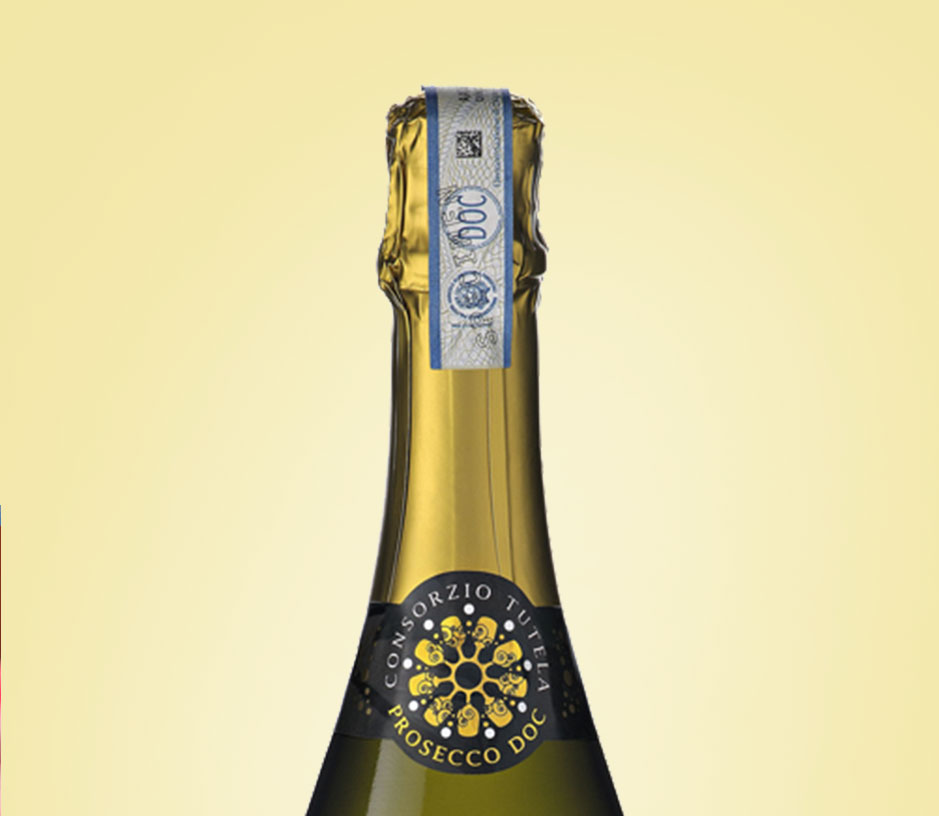Posted: Jan 23, 2019

As Prosecco, a sparkling wine produced in Northeastern Italy, grows in popularity so do some of the scandals surrounding its production. Recently two producers were accused of adding a non-legal level of sugar to their wines during the production process, which generally leads to a higher level of alcohol in the final product.
The use of sugar is allowed in the sparkling wine-production process in Italy, but the amounts are tightly regulated. Use of sugar over that permitted levels by the local and national wine making regulations is cheating. " Here it is unclear how the culprits were caught, although usually it is an employee or a competitor that turns them in to the authorities,” says John Hinman, a partner in the law firm of Hinman & Carmichael.
The two, as of yet unnamed producers, are located in the Denominazione di Origine Controllata e Garantita (DOCG)—Italian wine regions that are tightly regulated by legal laws—area of Conegliano-Valdobbiadene, which is considered one of the highest-quality production areas for Prosecco in Italy.
The full, wine-producing area is composed of two DOCG regions and a much-larger Denominazione di Origine Controllata (DOC) area, which has less exacting standards for production. Hence wines from the DOC tend to land on the market at lower prices.
Innocente Nardi, the director of the Consorzio Tutela del Vino Conegliano-Valdobbiadene, noted that the two producers in question were not producing top-level wines. It is also not likely that they exported much of their production. And while Italians have long been known for not obeying the rules, they are hardly alone in the wine community. Many domestic wine producers have long not reported the actual alcohol levels in their wines, as they would be taxed more if the actual level were revealed.
Where Prosecco Stands
Asolo is home to beautiful old homes and a charming town center. Photo credit: Getty Royalty FreeGETTY
Both the DOCG regions responded for comments about the allegations and both said that those who had broken the rules would be brought to justice. The head of the consortium di Vini di Asolo Montello, Armando Serena, notes that those who have broken local laws will be prosecuted.
Wine industry data analysts have different perspectives on the incident, which has happened previously in the region. “My theory is that the excess production and the sugar accusation are probably related,” shares Christian Miller, the proprietor of the Berkeley-based Full Glass Research, a wine industry number cruncher.
Part of the cause likely stems from continued sales increases for Prosecco across price points and regions. “The Prosecco region was caught by surprise when sales took off, and that combined with one or two short vintages put pressure on supply for a few years. So there may be insufficient grapes for the cheating producers, or the grapes available may have risen in price.”
He goes on to note that if a region is striving to produce more wine than it can, it might resort to sourcing grapes that aren’t ripe for the picking. “For any DOC or DOCG region, there are alcohol minimums. If one over crops, or brings in under ripe, or cheap, high-yield grapes from other regions, you may not have sufficient brix [sugar levels] to reach the minimums. Or enough to reach your desired [wine] style. Hence the sugar [that is sometimes] added during primary fermentation.”
It is yet to be seen how Prosecco producers, and other wine trade entities, in Italy and the U.S. will move forward in terms of future regulations.
By Liza B. Zimmerman
January 23, 2019
Source: Forbes.com
Go-Wine's mission is to organize food and beverage information and make it universally accessible and beneficial. These are the benefits of sharing your article in Go-Wine.com


The Wine Thief Bistro & Specialty Wines is a locally owned small business in downtown Frankfort, IL offering world class wines in a relaxed, casual gathering spot for friends and family. Offering world class virtual tastings and touchless carryout.
https://www.twtwineclub.com/aboutus
Go-Wine 25 Great Wineries in US selection prioritizes quality, value and availability.
www.go-wine.com/great-wineries-in-america
Tasting wine is a nice experience, but visiting the places in which wine is made is a magic moment. Available in New York City for touchless pickup.